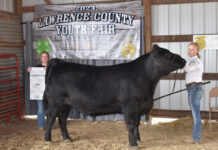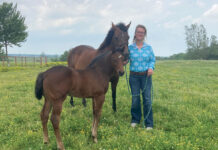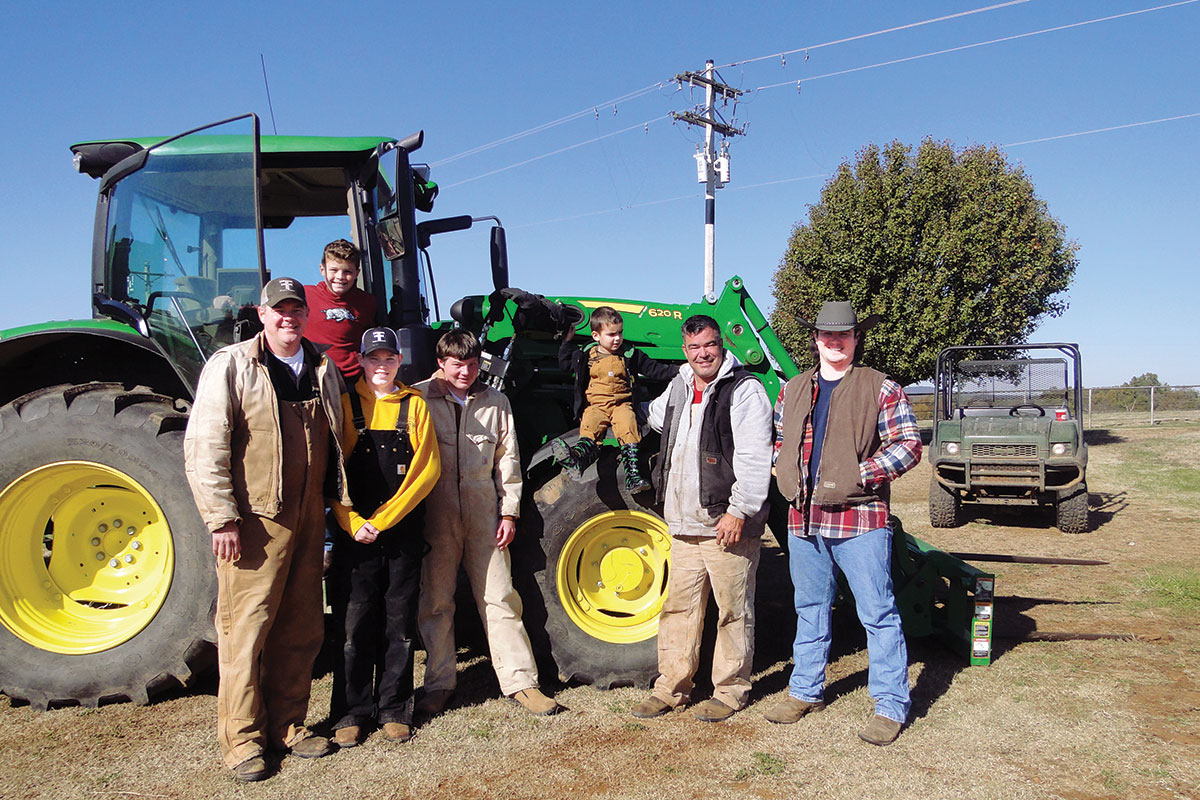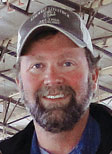
Resources help drive the path to success
VILONIA, ARK. – Every industry has a learning curve, and the cattle industry is certainly no different. For Craig and Tina Sellers, owners of Sellers Cattle Co., seeking out resources where they can learn to better their operations is not only a path to success but a way of life.
They attribute their success to partnerships and education they’ve received through various programs and organizations including the Faulkner County Cattleman’s Association, the Arkansas Cattlemen’s Association, the University of Arkansas Extension Office, and the National Resources Conservation Service.
Early on, they received a lot of education and information from the American Angus Association. Both Tina and Craig said they’ve also learned a lot along the way from their neighbors and other local farmers.
“Every year, we gain more knowledge,” Tina said. “We are never going to say we know enough because we’re always learning. It’s always been a family project.”
Their journey to selling beef started in 2011 when their daughter, Allyson, decided she wanted to show heifers at the county fair. The family learned the basics of raising cattle together, and Allyson showed several more heifers over the years. Eventually, they accumulated a small herd of Registered Angus Cattle with 14 mama cows, which is what they have today. In 2021, the family started selling custom-processed beef from their herd.

Allyson, now 25 years old and living with her new husband in Jonesboro, Ark., discusses cattle with vets and producers daily as she is an inside sales representative for an animal health company. She received her undergraduate degree in agricultural business from SAU at Magnolia and also got her MBA from the University of Central Arkansas, Conway. She’s had several internships and jobs in the industry.
“She’s pretty much stayed the same course,” Tina said. Craig jokingly says that when she comes to visit, Allyson often gives her opinion on their operations. “She doesn’t a miss a chance to critique what we got going,” he said.
The family grazes their cattle on their land to its fullest potential and uses much of what they learned at the Extension Office to develop a blend of feed that works best for their herd, given both the amount of land they have available and the cattle’s nutritional needs. They are in their third season of growing wheat, oats, and ryegrass.
“They’ve been an amazing resource,” Tina said. “We’re grass farmers as much as cattle farmers. If you don’t have good grass, you’re going to spend a lot of money trying to keep good cows. Good grass equals good cows.”
The technical and financial assistance they received through the NRCS has also been invaluable. Thanks to the assistance from NRCS to put in multiple stations of waterers, they now have the ability to utilize rotational grazing throughout the pasture; they started dividing their land into five lots, through which they rotate the cattle.
“We found places to go the first year,” Craig said, discussing how poorly the land produced grass in the beginning, adding that the cattle have improved and so has the grazing land since they started rotating.
“They taught us how to be better stewards of the land. I’ve seen the ground improve a lot,” he said. “The ground has had a chance to rest and grow back. I can look back at the pictures and the cattle are in better shape.”
The couple continue to use the grazing charts that helps them keep a feeding schedule for the different pastures.
The American Angus Association has assisted them in learning beef genetics including how to get the best marbling and overall better cattle for them to manage and harvest. They also use the information to choose their bulls.
“We chose the Angus breed because it is THE breed that leads the industry; furthermore, Angus cattle are more docile and have a low birth weight making it easier for calving,” Tina said. “They taught us how to read the genetic traits, and we knew what traits we wanted,” she said.

They also started selling honey through a customer they met at the Little Rock Farmer’s Market and Stutzman jelly through a neighbor, both which have been a profitable addition to their sales. The big addition came when Tina was simply trying to make a BBQ sauce recipe for the family to enjoy with their beef.
“I tweaked and tweaked the recipe and finally I said, ‘yep, that’s what I want,’” she said, Once he tried it, Craig readily agreed. “I said to Tina that she could sell that,” he said.
There came more learning when they had figure out how to bottle and make the sauce ready for the public. It has become so popular that Tina was recently contacted by a national chain to see about putting the sauce in some of their stores. They’ve started learning how that process works.

“I’m not sure how it’s going to go,” Tina said. “It’s exciting to think that it may go into stores.”
While they’ve seized the many opportunities to educate themselves more on how to run their ranch, the Sellers also educate others. One topic is how locally raised beef is better than what you purchase in the store.
“Since COVID, there’s been more interest in sourcing beef locally,” Tina said. She added that the beef scare a few years ago has also influenced the growing trend.
“It was a wakeup call. More people took the opportunity to find out that locally sourced beef is a totally different product. The future looks good for locally sourced beef. There’s been a more genuine interest in how it’s raised.
“When you have a small ‘mom and pop’ operation, you have to focus even more on quality because you don’t have the quantity to sell.
“It’s a tough job and hard to make a living.”
Both Craig and Tina have full-time jobs outside the farm. Craig is an electrician and Tina is a teacher.
“We let our customers know that we raise what we eat. The entire practice – everything we do we try to be consistent with every cow,” she said.







